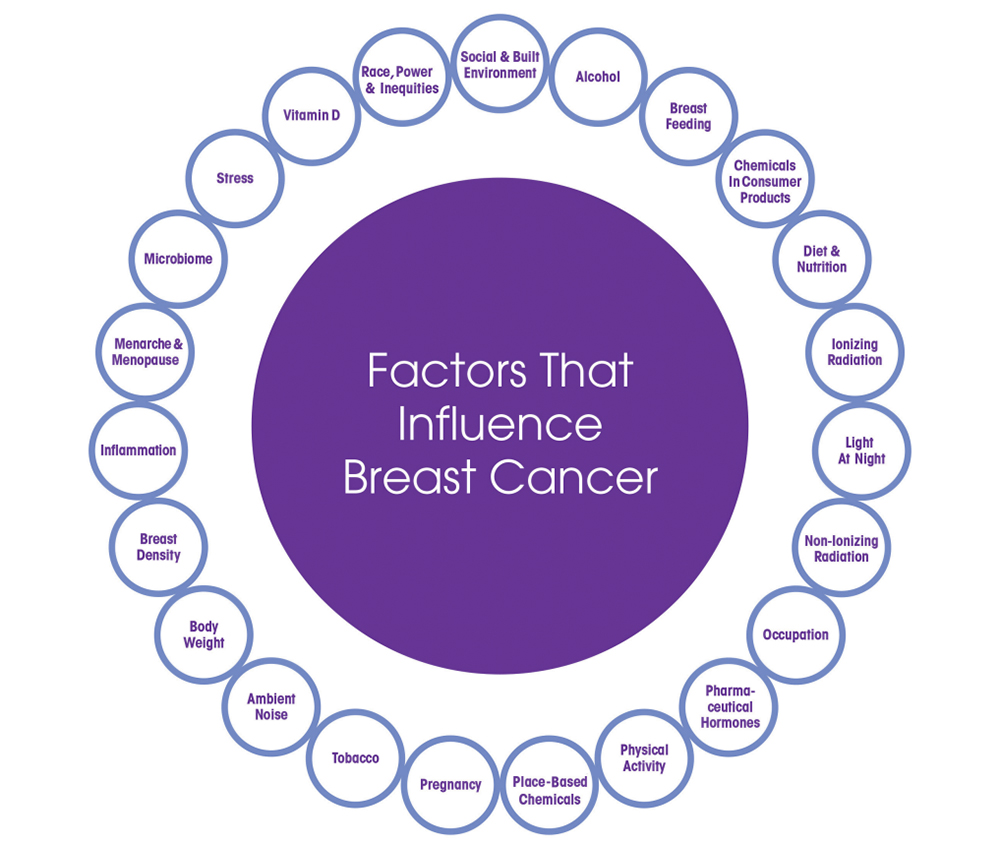Reducing Environmental and Occupational Cancer Risks Toolkit
Module 6: 3 States Implementing Cancer Risk Reduction Strategies
3. California: Broadening a Coalition, Centering Equity

Breast Cancer Prevention Partners (BCPP) is a national organization that is rooted in the prevention of breast cancer by eliminating exposures to toxic chemicals. Although a national organization, BCPP is also highly active in California in state policy. For example, they were instrumental in the passage of the country’s first law that requires all chemical ingredients in cleaning products to be disclosed.
With support from the California Breast Cancer Research Program – a program funded through tobacco settlement funds – BCPP developed a landmark comprehensive breast cancer control plan with the engagement of a diverse array of partners. The California Breast Cancer Plan: Paths to Prevention centers around cancer environmental and occupational risk reduction strategies that leverage both scientific and community expertise to advance systemic change.
As outlined in the plan, the process was developed by a set of principles:

The plan includes both risk reduction strategies for a broad range of breast cancer risk factors as well as a separate section on additional research needed to better understand the connection between environmental and breast cancer and evidence-informed interventions. From ideation to dissemination, the plan was informed by a broad coalition established by BCPP, including environmental justice experts; environmental and occupational health experts; health professionals; government agency staff; scientists; and medical and community leaders. These partners were instrumental in ensuring that the plan centered on equity, maintained a social justice lens and was and was influenced by relevant scientific data. BCPP was also deeply committed to amplifying community voices, which took the form of multiple community listening sessions around California.
This is not a traditional state comprehensive cancer control plan–how can my coalition use this?
While this is not a traditional state cancer plan, The California Breast Cancer Plan provides a blueprint for other states and organizations regarding the development of a comprehensive set of environmental and occupational cancer risk reduction strategies. Engaging partners was a core aspect of the design of the plan, which aligns with the processes recommended in this toolkit. BCPP prioritized creating partnerships with experts, organizations, and communities to identify priority issues in reducing breast cancer-related environmental exposures. It is an example of the opportunity to leverage other public health partners and efforts to support strategic opportunities for cancer risk reduction.
This webinar (link below) includes an overview of the California Breast Cancer Plan, the process for navigating partnerships, and relevant policy initiatives and successes born from their impact and advocacy. This is a useful resource for understanding the groundwork it takes to ingrain this work in your state plan.
Click to watch the video – [37:43 – 50:18]